The A380 has featured a lot in 2020, with much of this focussed on groundings and possible retirement. Indeed, the A380 has not worked out as well as hoped for many airlines, and the slowdown in 2020 has not helped that. But it remains a great aircraft and a great engineering achievement. And with 251 orders, the largest commercial aircraft ever offered has been far from a failure.
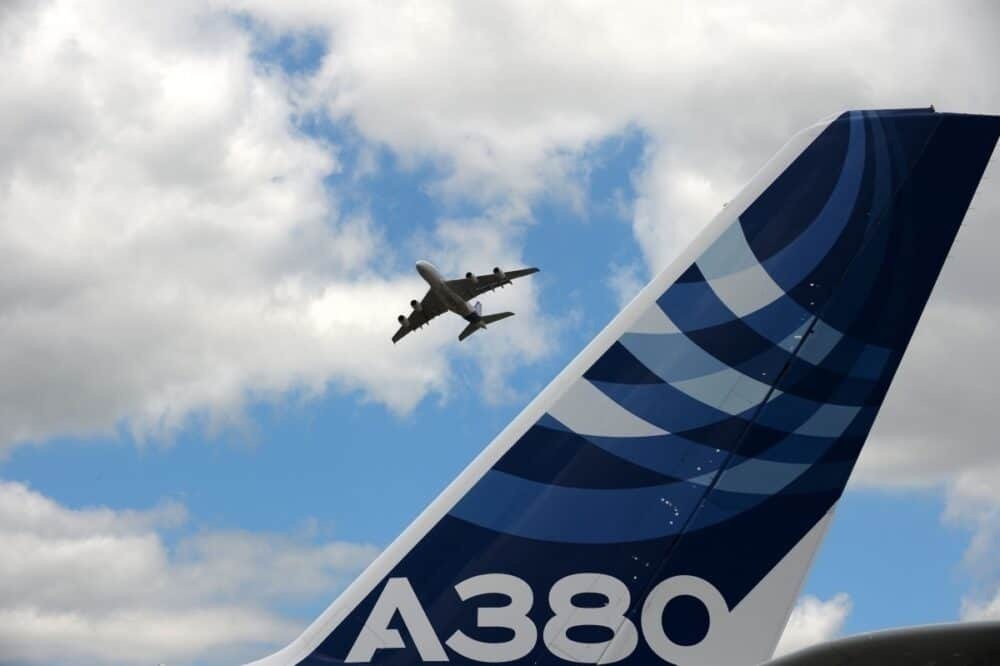
This article takes a look back at the history of the A380 to date. We focus on the concept, development, and potential of the aircraft, and how it has worked well for some airlines but not so well for others. We will also consider its future amidst a difficult secondhand market.
The rise of the A380
Origins of the A380
The concept of the A380 goes back to the 1970s and, unsurprisingly, starts with the Boeing 747. The iconic Jumbo Jet was a great success for Boeing (and was its highest-selling widebody until the 777 took over in 2018). It changed aviation in many ways. Its higher capacity led to shifts in airline economics and lower airfares. And the extra onboard space was used for more luxurious cabin space and new classes of service.
The other leading manufacturers at the time, Lockheed Martin and McDonnell-Douglas, focussed on single deck and three engine developments. It was Airbus that decided to take on Boeing and launch a competitor to the 747.

Airbus takes on the 747
Airbus formed in 1970, with several European manufacturers coming together to compete against the larger US companies. Its initial A300 (competing with the Boeing 707) sold well, and soon it had the ambition, and track record, to go further. Airbus launched the dual A330/A340 program in 1986. It designed a twin-engine and four-engine aircraft together, bringing them to market faster and more cost-effectively than launching two separate aircraft.
But it also wanted to go big and take on Boeing with a high capacity aircraft. Plans for this began early in the 1980s. Airbus announced it formally at the Farnborough Air Show in 1990, with a proposed target of 15% lower operating costs than the 747.
Airbus looked at several different concepts, eventually settling on a full two-deck, known at the start as the A3XX. Interestingly, Boeing had also looked at this concept for the 747 but failed to make it work for emergency exit and evacuation requirements.

Designed for hub based travel
The A380 was not just designed to be bigger than the 747. Airbus believed in the idea of creating high capacity aircraft for hub based travel. This would be of interest for airlines with hub and spoke based operations, with flights connecting in hubs and carrying high numbers of passengers on key routes. It would also help with growing congestion at airports, allowing airlines to carry more passengers using one valuable slot.
We know, of course, now that this was not the best strategy. Boeing at the time was moving forward with the lower capacity 777, an aircraft that would appeal much more for point to point operations. But Airbus was not alone in thinking high capacity aircraft would be popular.
Several other manufacturers looked at such development around the same time, but only Airbus went on to design and construction. Simple Flying took a look at these in more detail previously. They include:
- McDonnell Douglas launched a two-deck proposal, the MD-12, in 1992. Despite interest from airlines, there were no orders.
- Lockheed Martin released plans for a Large Subsonic Transport aircraft in 1996. This offered two decks, four aisles, and a capacity of over 900. It failed to get going, though, with too many engineering challenges.
- And Boeing tried twice to launch a larger 747. This would have stretched the upper deck and introduced upgrades from the 777.

Offering a freighter version, and higher capacity option
At its outset, there was more on offer than just the passenger version we know today.
Airbus offered a freighter version, which could have been a great opportunity to grow in the Boeing-dominated freighter market. There were 27 orders from Emirates, FedEx, UPS, and ILFC (International Lease Finance Corporation). However, it was never developed.

The A380 was also designed with larger versions in mind. As Airbus executive vice president Tom Williams said to Executive Traveller in 2012,
“The wings are designed for a much larger airplane, so we have the capability of going to a bigger fuselage – we can stretch the fuselage very easily.”
A larger version was proposed at launch. Airbus would stretch the fuselage and offer an increased capacity of around 100. There was limited interest (and crucially no orders), though. Nor was there when Airbus tried several times again to offer something larger.
The success of the A380
The A380 was launched at a ceremony in Toulouse in January 2005. It made its first flight in April 2005 and received certification in December 2006. Early problems crept in, though. Customer delivery was planned from the end of 2006, but there were growing delays. Singapore Airlines took delivery of the first A380 in October 2007. Emirates followed it, but not until August 2008.

These delays were costly for Airbus and the A380 program. Its parent company share price dropped 26% and led to a €5 billion ($5.7 billion) loss. And both the CEO and A380 program manager were replaced over it. It also was a major factor in the failure of the freighter. As Airbus prioritized the troubled passenger aircraft, freighter customers lost interest.
Largest commercial aircraft ever built
Nevertheless, it was delivered and was a great achievement. Airbus succeeded where several other manufacturers had failed and built the largest commercial aircraft to date. With the current shifts in preference, it is likely to hold this accolade for a long time. It will always stand as a great example of technical achievement and a milestone in aviation.
It is the largest commercial aircraft ever built, by capacity or volume, but not the longest. The 747-8 is 79.95 meters long, compared with 72.72 meters for the A380.
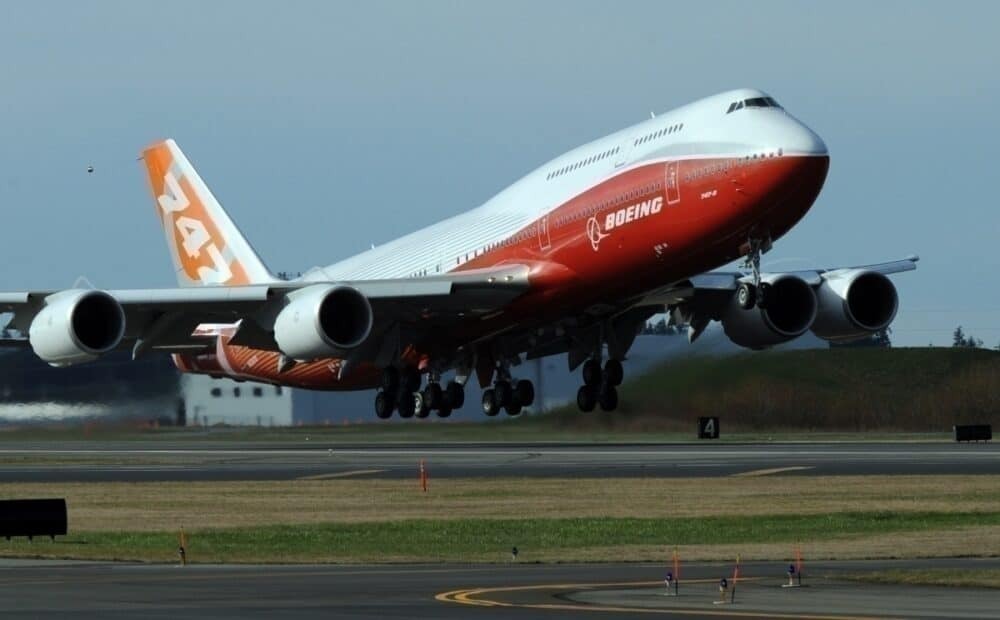
And for passenger capacity, it is a clear leader. The typical capacity is around 550, but the maximum (the safety exit limit) is an incredible 853. To compare, the 747-8 offers an exit limit of 605 and a typical capacity of 467. No airline pushes the A380 to this maximum capacity, although Simple Flying looked previously at the concept. Emirates offers the highest capacity with its two-class layout of 615.
Orders from 14 airlines
To see the success of the A380, consider its total sales. It has a total of 251 orders from 14 airlines (from Airbus data).
This may be the lowest amongst current widebodies, but it is still far from unsuccessful for specialized aircraft. Had the freighter version worked out, this would likely have been much higher.
By fleet size, the following airlines ordered the A380. For a complete list of all airlines and routes, take a look at our guide to routes.
- Emirates, 123 aircraft (eight are still to be delivered).
- Singapore Airlines, 19 aircraft. Singapore Airlines was the launch customer for the A380 and also the first to start to retire aircraft.
- Qantas, 12 aircraft.
- British Airways, 12 aircraft.
- Lufthansa, 14 aircraft.
- Etihad, 10 aircraft.
- Qatar Airways, 10 aircraft.
- Air France, 10 aircraft. Air France was the first European airline to take delivery of the A380 in 2009.
- Korean Air, 10 aircraft.
- Asiana Airlines, six aircraft
- Thai Airways, six aircraft.
- Malaysian Airlines, six aircraft.
- China Southern, five aircraft
- ANA, three aircraft. ANA was the last airline to start flying the A380, in March 2019.
In addition, charter airline Hi Fly has operated one A380, previously retired by Singapore Airlines.
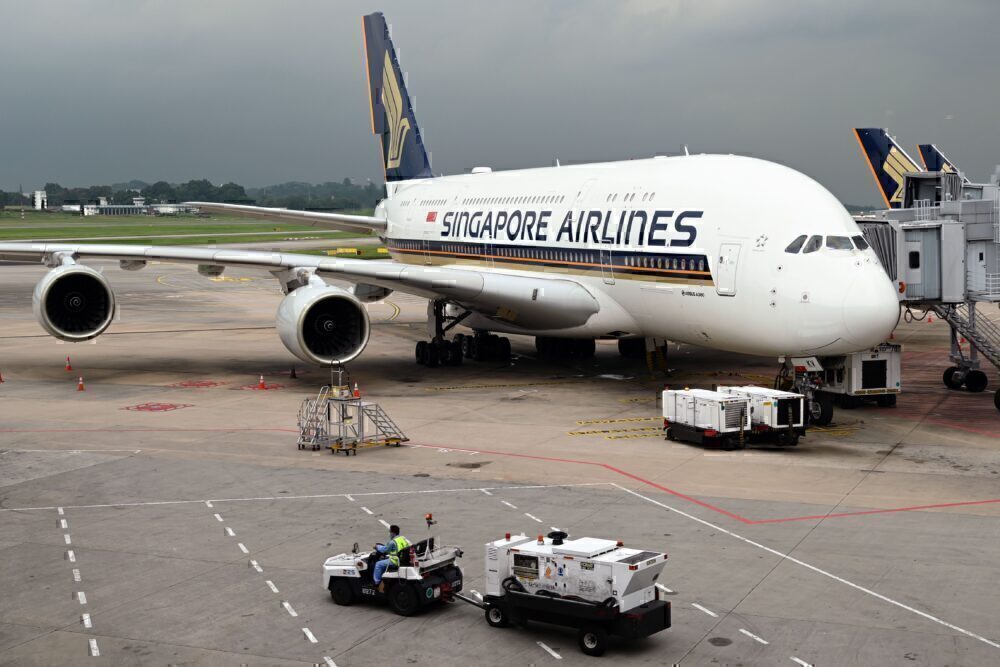
Emirates and the A380
We can’t discuss the success of the A380 without talking about Emirates. It accounts for 123 out of the 251 aircraft ordered and relies on a fleet of just these and the Boeing 777. This has been a great boost for the A380, and the main reason that the program has lasted so long. Put simply, this is because Emirates has made the hub and spoke concept work.

Emirates is a true hub operator, carrying passengers on medium and long-haul flights with connections in Dubai. Emirates senior vice president for operations Hubert Frach explained how this model has worked for the airline. In an interview with Business Insider, he said:
“It works great for our network structure’s long-haul to long-haul connections. It allows us to offer efficient connections between developing economies with well-established economies.”
By making such a commitment, Emirates also benefits from operational advantages and cost savings. With any aircraft type, there are advantages in crewing, maintenance, and flight operations by having simplified fleets. Airlines with smaller fleets have struggled with higher costs. Emirates CEO Tim Clark discussed this in comparison with Air France, in an interview with Airline Ratings:
“The A380 was a misfit for Air France. They never scaled; they only have ten aircraft. Yes, we faced the same teething problems, but we dealt with them because we were scaled enough to deal with it. If you’ve got a sub fleet of 10 it’s a bloody nightmare, and the costs go through the roof… But if you got a hundred of them, it’s a bit different. Your unit costs in operating with that number are a lot lower than having just ten.”
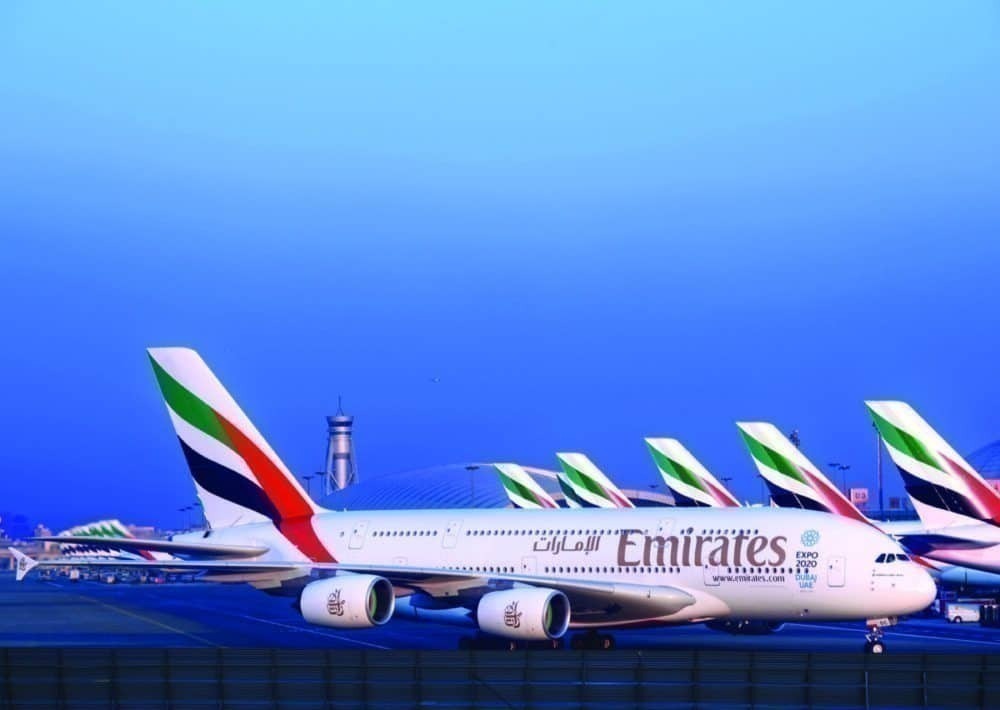
Challenges and decline of the A380
Canceling orders
Declining orders were already a sign of problems several years before the end of the A380 program. Several airlines had orders but never took delivery. These include Virgin Atlantic (six), Transaero (four), Kingfisher (ten), and Hong Kong Airlines (ten).
Other customers reduced orders. Qantas ordered eight additional aircraft in 2006 but later canceled them. And Emirates cut back its order in 2019, canceling 39 aircraft, and instead ordering twin-engine A350 and A330neo aircraft.
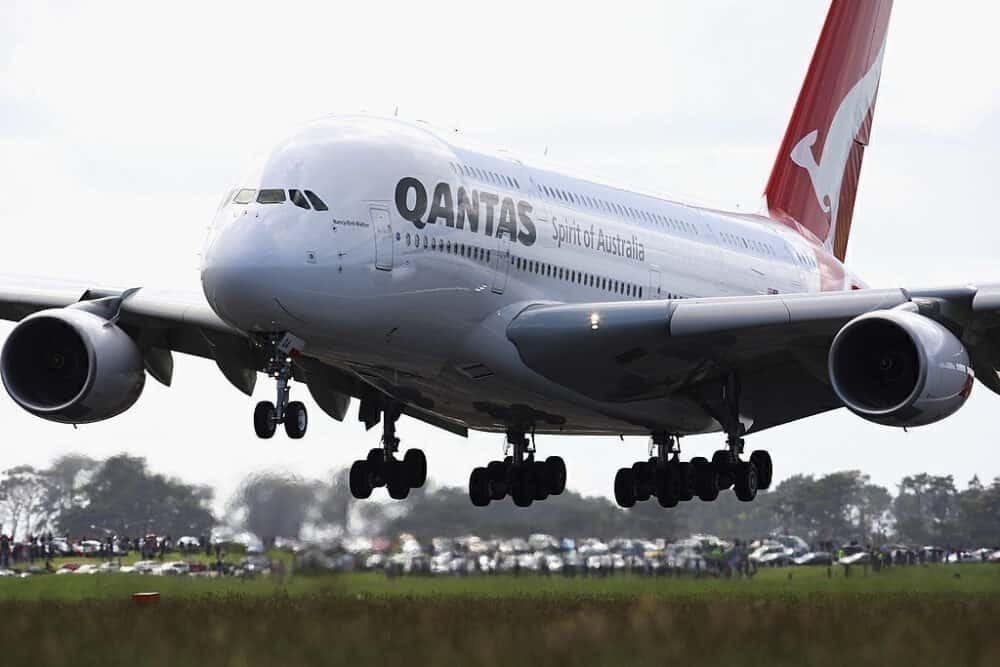
And in a sure sign of market difficultly, leasing company Amedeo placed an order for 20 aircraft in 2014 but canceled it in 2019 after failing to find any customers.
Never made a profit
Airbus announced the end of the A380 program in early 2019, with production to end in 2021. This came quickly following a reduction in orders from Emirates. Just one year before, it had expected the program to last at least another ten years.

Despite the 251 sales, the overall project never made a profit. The development cost of €25 billion ($29.7 billion) was more than twice the original development estimate. Although, one positive is that the volume was high enough that by the end, it was producing each aircraft higher than cost. Bloomberg reported in an analysis of the A380 in 2015:
“One modest success that Airbus aims to celebrate this year is that it no longer produces each A380 at a loss, though the company admits the overall program itself will never recoup its $25 billion investment.”
No further A380 versions were popular
In the end, only the one A380 passenger version was built. Airbus did try though to generate interest in updated versions, but none of these received any airline orders. These included:
- An A380 stretched version. At launch, Airbus proposed the A380-200, seating around an extra 100 passengers. And again in 2007, it proposed the similar-sized A380-900.
- A380neo. This was proposed in 2015, with a stretched fuselage and efficiency improvements. Lufthansa came close to ordering, but it never happened.
- A380plus. This was the last attempt to improve the A380, launched in 2017. This offered increased capacity (by increasing maximum take-off weight) or range, alongside other improvements.

What went wrong with the A380 then? Several factors combined to hurt A380 orders and limit its appeal to airlines.
Improvement in twin engines
A major factor in the decline of the A380 has been the improvement in twin-engine aircraft. Of course, this has affected the A340 and the Boeing 747 as well.
At the time of its design, four engines were still an advantage for long-haul over-water flights. Until ETOPS regulations were introduced in the 1980s, twins could only fly 60 or 90 minutes from a diversion airport. This improved under ETOPS, with the 767, for example, starting with a 120-minute rating, but increasing to 180 minutes later. It was not until the 777 that an aircraft was given this limit at launch, though.
Since then, ratings have improved significantly. The A350, for example, carries a 370-minute rating, covering almost all required routings. This removes one of the key advantages of four engines, and with it, demand for such aircraft.
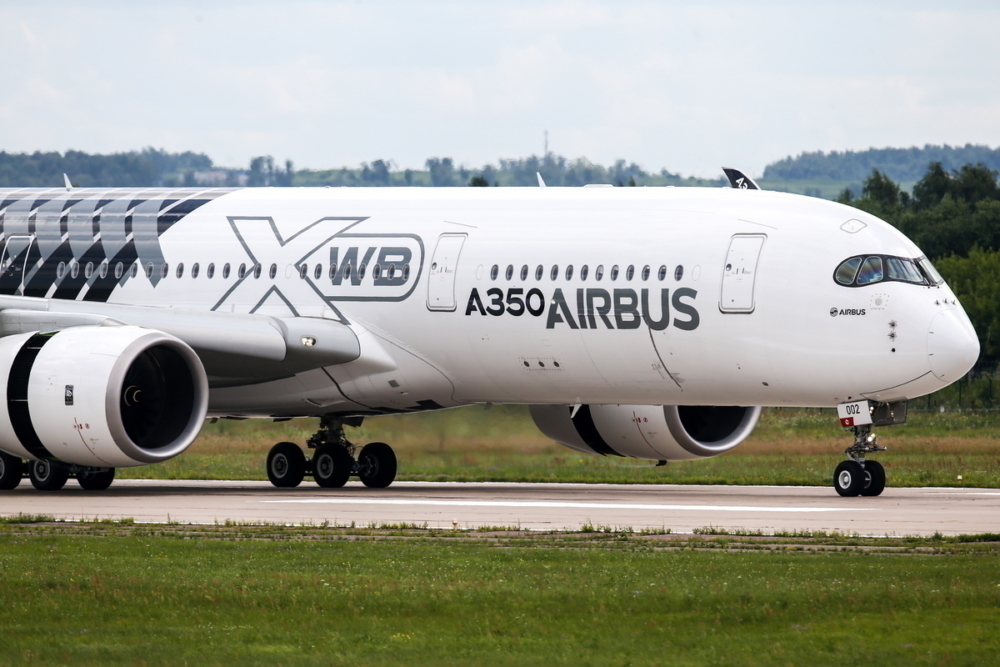
Move away from hub-based operations
The A380 was designed for hub and spoke operations. Airbus bet big on this working. Emirates, of course, is the prime example of where this works well. But for most others, there has been more of a shift in preference to point to point operations. And with this, a lower capacity aircraft makes more sense.
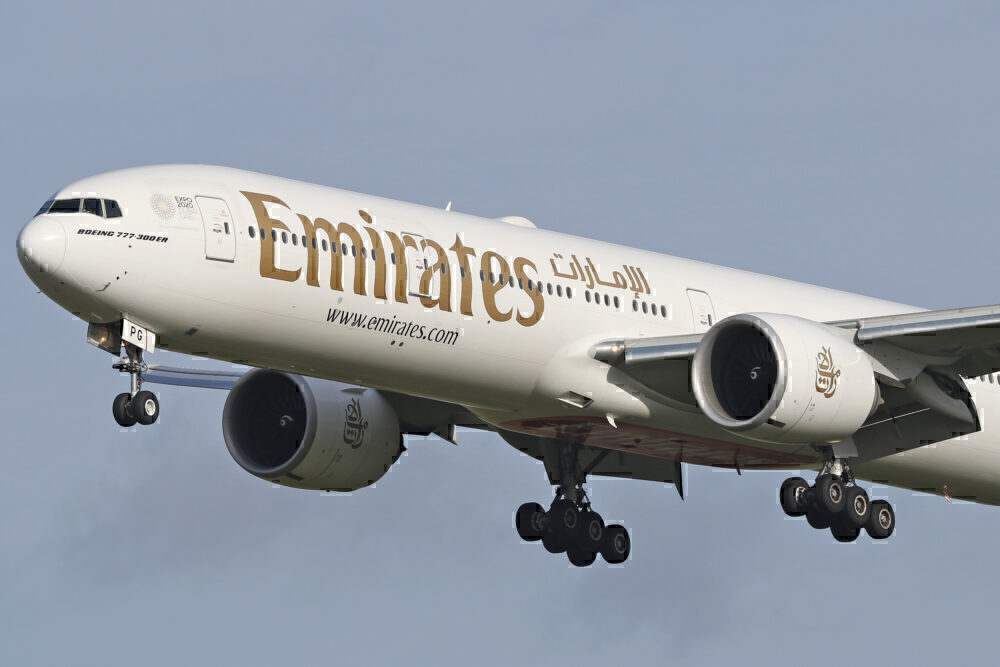
US airlines are a good example of this. No US airline ordered the A380, all preferring instead to operate point to point models. China, to a certain extent, has gone the same way. Only China Southern has found a role for the A380 (operating it on busy routes to Los Angeles and domestically from Beijing to Guangzhou).
Linked to this, the A380 has also suffered in limitations where it can operate. It finds itself in the highest size category and as such, there are many airports where it cannot operate. This was a major consideration in Boeing’s development of the 777X. It has folding wingtips to ensure it is categorized lower than the A380 and can access more airports.

Failure of the freighter version
The failure of the freighter version was potentially a big setback for the A380. Boeing dominates the freighter market with the 747 and the 777, and the A380 could have worked well for Airbus.
The freighter did receive 27 orders, including from FedEx and UPS. It was never developed, though, for two main reasons:
- Delays early in the A380 program caused the priority to switch to the passenger version, and it lost customer interest (and orders).
- There were technical issues with its loading. There was simply too much space to be filled with cargo, and the aircraft would most likely reach its maximum load with space remaining. Also, the upper deck would have weight limitations.

What does the future hold?
Although the production of the A380 will end in 2021, we will likely still see it in service for some time to come. Many aircraft remain young, and Emirates still has to take delivery of new aircraft.
Retirements have already begun, though. Singapore Airlines was the first to retire aircraft in 2017. Emirates retired its first aircraft in October 2020 (it was planned before the 2020 slowdown).
The slowdown seen in 2020 has expedited retirements. Air France announced early in the crisis that it would retire its A380 fleet. And Simple Flying reported in September that Lufthansa is unlikely to return its A380 fleet to service.
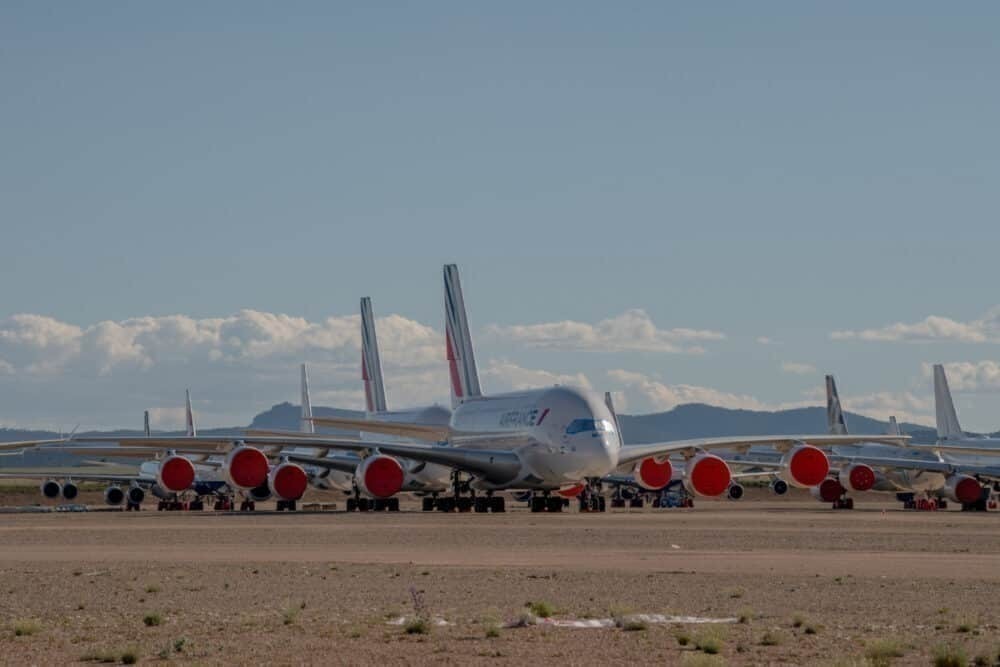
Limited second-hand market
One of the challenges is the limitation of future options for the aircraft. Only one airline, Hi Fly, has purchased a second-hand aircraft. This has seen many different uses, including charter by low-cost airline Norwegian and relief flights during the coronavirus pandemic.
There was discussion that Hi Fly might be interested in another aircraft. But in November 2020, it announced it will retire the only aircraft it has.
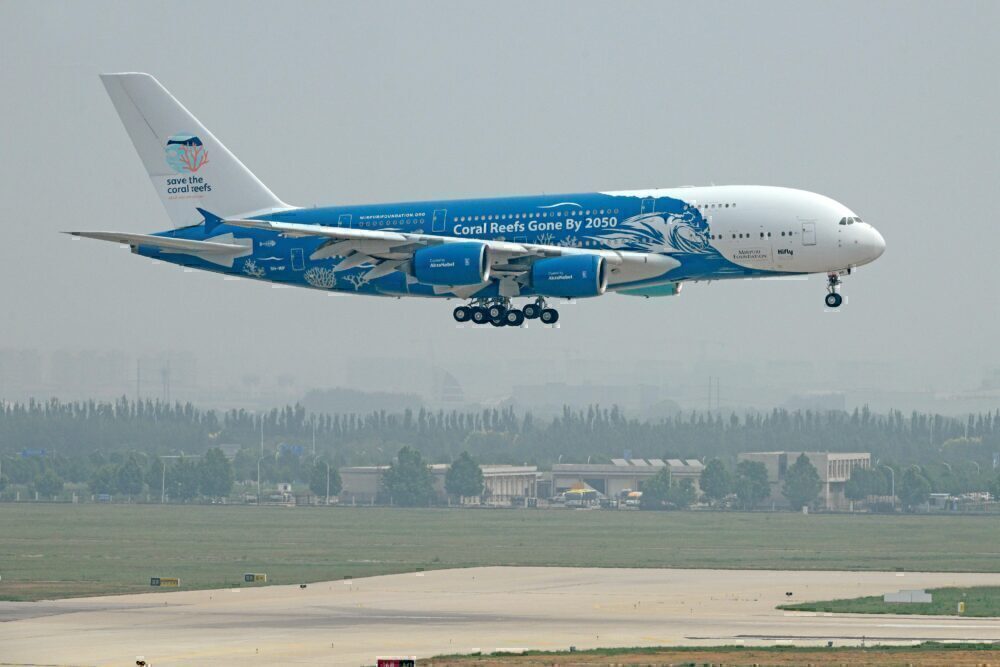
As demand recovers and prices drop for older aircraft, there is always a chance other airlines will be interested in second-hand aircraft. But at the moment, that seems limited at best.
Cargo conversion is one option. As the freighter version’s failure showed, there are limitations of the A380 airframe for freight use. But it remains a high capacity aircraft, and this is possible. We have seen this done by Hi Fly in 2020. Malaysian Airlines has also received permission to carry cargo on its passenger A380
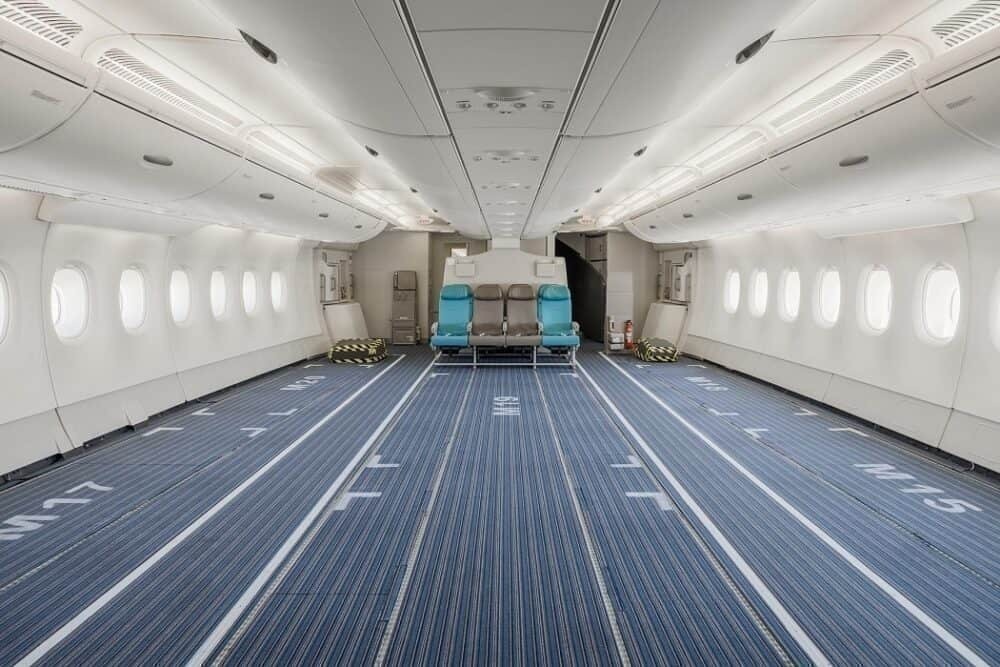
And sticking with its colossal size advantage, another use could be high capacity but potentially infrequent routes, such as pilgrimage routes. Malaysia Airlines, under its sub-brand Amal, has tried this for the Kuala Lumpur to Mecca route. If re-fitted as all-economy, these could carry 853 passengers at full capacity for this limited period.
Would you like to share any thoughts on the A380? Are you hopeful airlines will continue to find uses for it, or has it had its day? Let us know your thoughts in the comments.
[ad_2]
Source link

